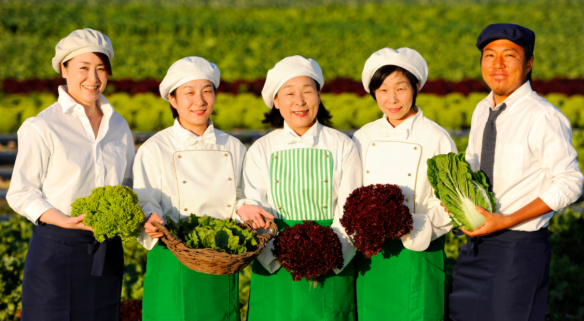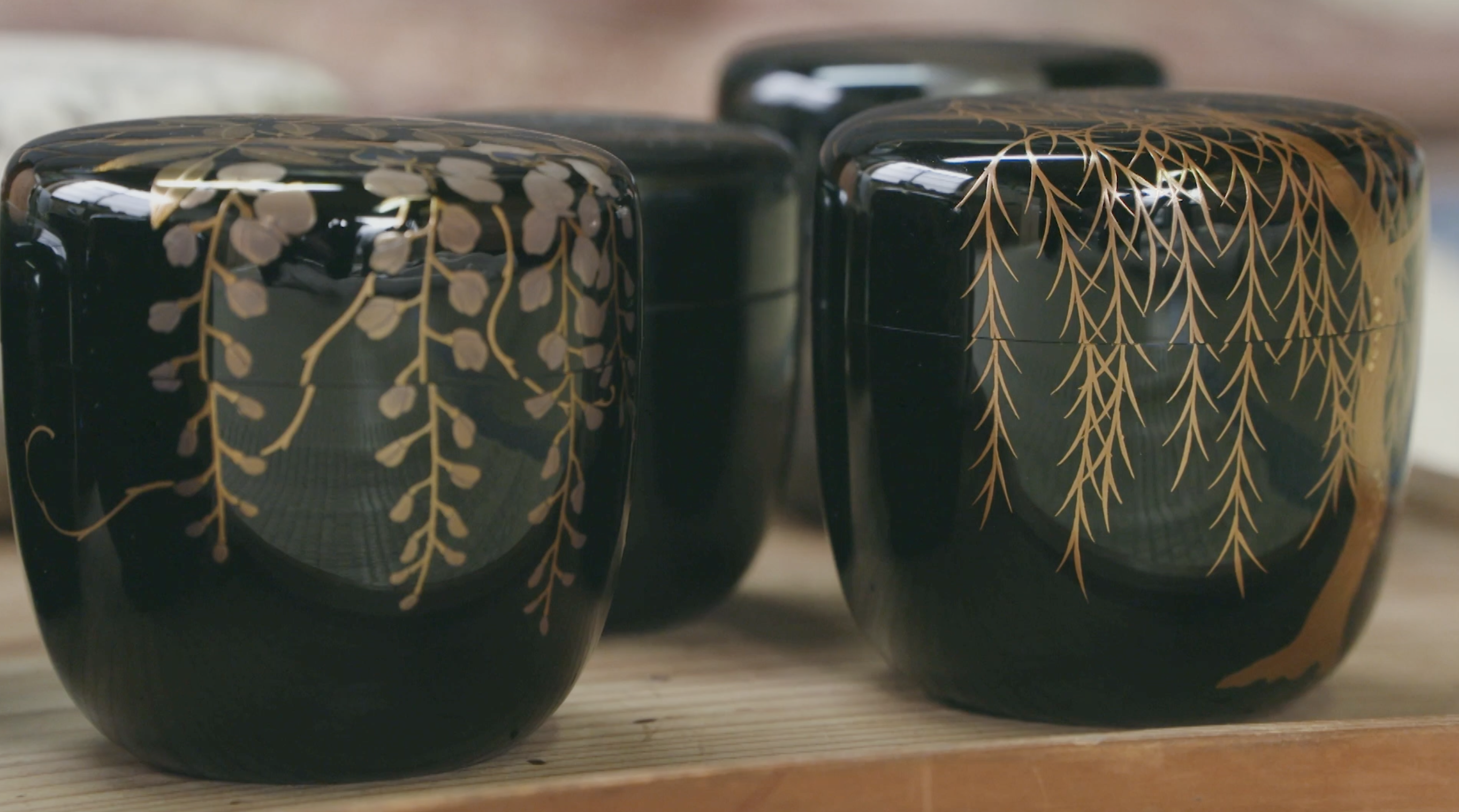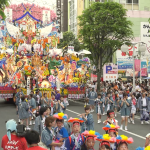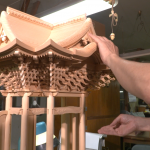FOOD

Sendai Traditional Vegetables, Producers for Nine Generations
Sendai city, Miyagi Pref.
FOOD
2016
25 minutes Episode(s): 1
english
Japanese




[Food of Japan Season 2]
In Sendai city in Miyagi prefecture, regional vegetables are called 'Sendai Traditional Vegetables' as they are adapted to its land and climate. The camera follows a family who has grown these vegetables over generations, from seeding to cultivating and cooking.
Click here to preview this episode!
Part of the "Food of Japan Series 2"!
In Sendai city in Miyagi prefecture, regional vegetables are called 'Sendai Traditional Vegetables' as they are adapted to its land and climate. The camera follows a family who has grown these vegetables over generations, from seeding to cultivating and cooking.
Click here to preview this episode!
Part of the "Food of Japan Series 2"!
Customers who watch this video also watch
-
Shakuhachi Flute and Texas- Okayama Prefecture
30 mins[Beauty of Japan Season 2] Jennifer is a Shakuhachi (Japanese flute) master who originally comes from Texas. She says the beauty of the instrument lies in its ability to express nature. Birds singing and the sound of waves can all be expressed through Jennifer's shakuhachi. She mastered the ability to...more details -
Traditional Lacquerware - That Which Shines Beyond the Black (Akita Prefecture)
2021 25 minutes[Colors in Japan] “Kawatsuralacquerware” is a traditional Japanese craft with a history dating back about 800 years. Against the background of that long tradition, four lacquer artisans are now trying to create new types of lacquerware with features based on their original ideas. Please click here to preview the program!...more details -
Hachinohe Enburi -The Festival to Beckon Spring-
2017 30 mins[Festivals of Japan Season 1] The Hachinohe Enburi is a traditional festival that takes place in the southern region of Aomori Prefecture. It's held to bring forth good harvests and to welcome the coming of spring. Dancers called tayu wear headdresses made in the shape of horse heads and shake...more details -
Partnership of "Seven Craft Masters" -Hikone Buddhist Altar-
2015 30 mins[Craft Masters of Japan] Hikone Butsudan, or Buddhist altar, is traditional craftwork from the castle town of Hikone City, Shiga Prefecture. Its origins can be dated back to the Edo Period. There are seven steps in the creation process of the altars, which are conducted by the ‘Seven Masters’. Each...more details



